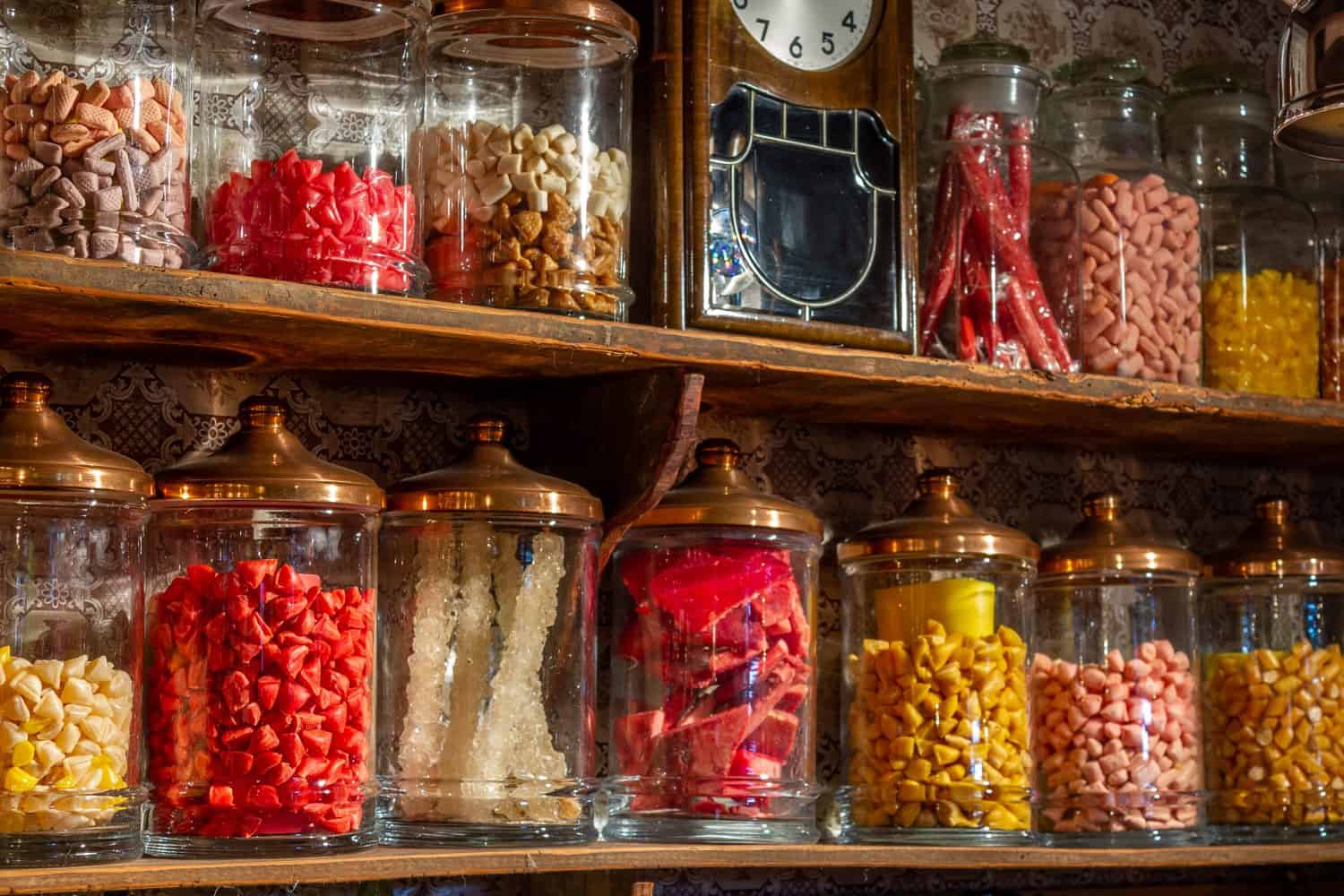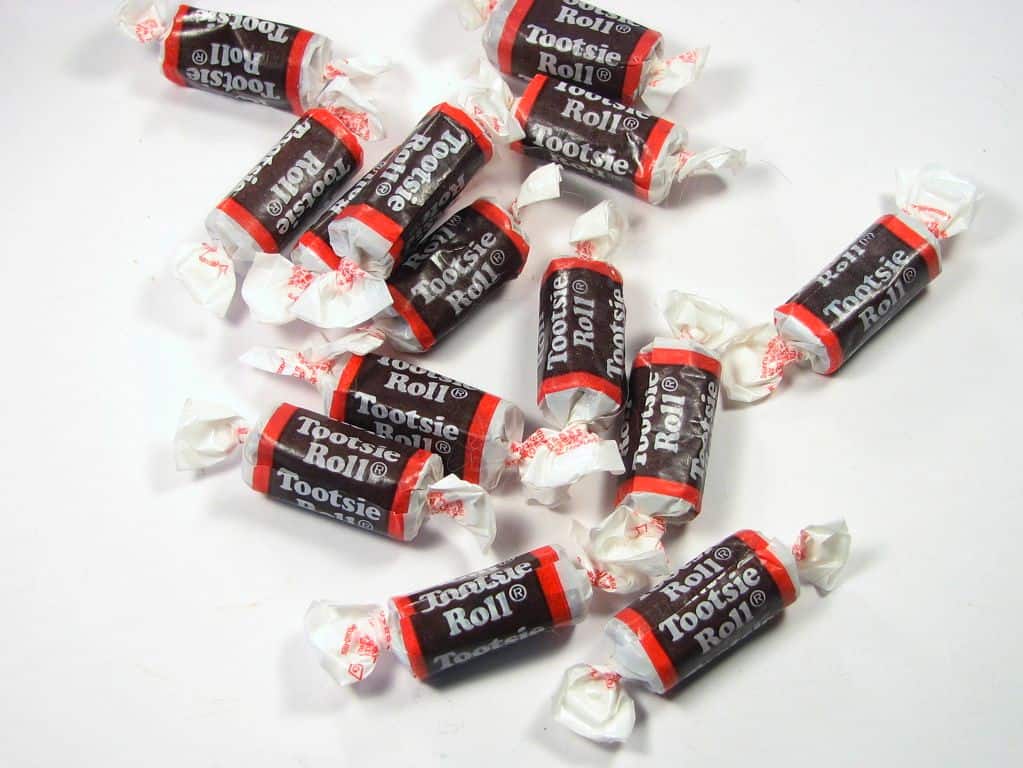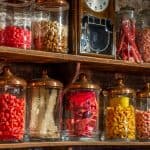



























13 Candies Boomers Love That Gen Z Has Never Heard Of
Candy lovers all have their favorites: from Skittles and Sour Patch Kids to Kit Kat bars and plain old M&Ms. And while many of today's kids' top candy picks have their origins dating back to the early 20th century, there is still an entire selection of sweet treats that were favorites among the Boomer population that have fallen out of favor.
Candy isn't just a sweet treat to enjoy when a craving hits – it can be a part of your childhood and bring up memories that were previously forgotten. For many Baby Boomers, candy can be especially nostalgic, considering the prevalence of penny candy stores during the 1950s and 60s.
When many Boomers were growing up, candy was purchased at neighborhood stores, and kids could buy individually wrapped candies for just a few cents, hence the name "penny candy" stores. There's quite a bit of nostalgia that comes with brown paper bags filled with candy for this generation.
Even though candy sales are still going strong in 2025, candy stores look a lot different than they did when Boomers were little. According to the National Confectioners Association (NCA), candy sales are projected to reach $70 billion by 2029. While the exact number of independent candy stores in the U.S. is not currently available, specialty candy shops remain a nostalgic part of the American retail landscape.
In this slideshow, we take a look at some of the most popular candies that Boomers may remember from their childhood, even if the next generation has never heard of these treats.
This post was updated in July 2025 to include additional information about the candy industry in 2025.
Chuckles
- Invented in 1921 by a marshmallow maker
- It was one of the first mass-produced jelly candies in the U.S.
- Available in 5 flavors
Bit-o-Honey
- Invented in 1924 by the Schutter-Johnson Company
- A popular honey-flavored taffy with almond bits
- Cost a penny per piece
Candy Cigarettes
- Made in the late 1800s
- Designed to look like real cigarettes
- Made of sugar, chocolate or bubblegum
Necco Wafers
- Invented in 1847 by Oliver Chase
- Chalky candy discs
- Originally called hub wafers
Good & Plenty
- Invented in 1893
- Licorice candy
- One of the oldest branded candies in American history
Sugar Daddy
- Invented in 1925
- Originally called a "papa sucker"
- The name was changed to Sugar Daddy in 1932
Atomic Fireball
- Invented in 1954 by Nello Ferrara
- Notoriously spicy, though its exact Scoville rating is debated
- Made using a hot pan method
Slo Poke
- Invented in 1926 by the Holloway Candy Co.
- Started as a sucker
- Evolved to a caramel bar
Jujubes
- First sold in 1890
- Named after the jujube fruit, a native Chinese fruit
- Production was discontinued in 2022 and Jujubes are no longer manufactured as of 2025, though some old stock may occasionally be found online.
Clark Bar
- Invented in 1917 by David L. Clark
- Crunchy peanut butter-flavored taffy core coated in chocolate
- First "combination candy" to succeed with consumers
Pixy Stix
- Invented in 1942 in St. Louis, MO
- It was originally a powdered drink called Fruzola
- Succeeded by Lik-M-Aid, which evolved into Fun Dip
Tootsie Rolls
- A hand-rolled candy invented in 1907 by Leo Hirschfeld
- Named after Leo's daughter Clara, whom he affectionately called "Tootsie"
- Commercially marketed in 1908
Candy Buttons
- Invented in the 1930s
- Tiny dots of sugar on a paper sheet
- Made of sugar, flavoring, and coloring
The image featured at the top of this post is ©Tminaz/Shutterstock.com